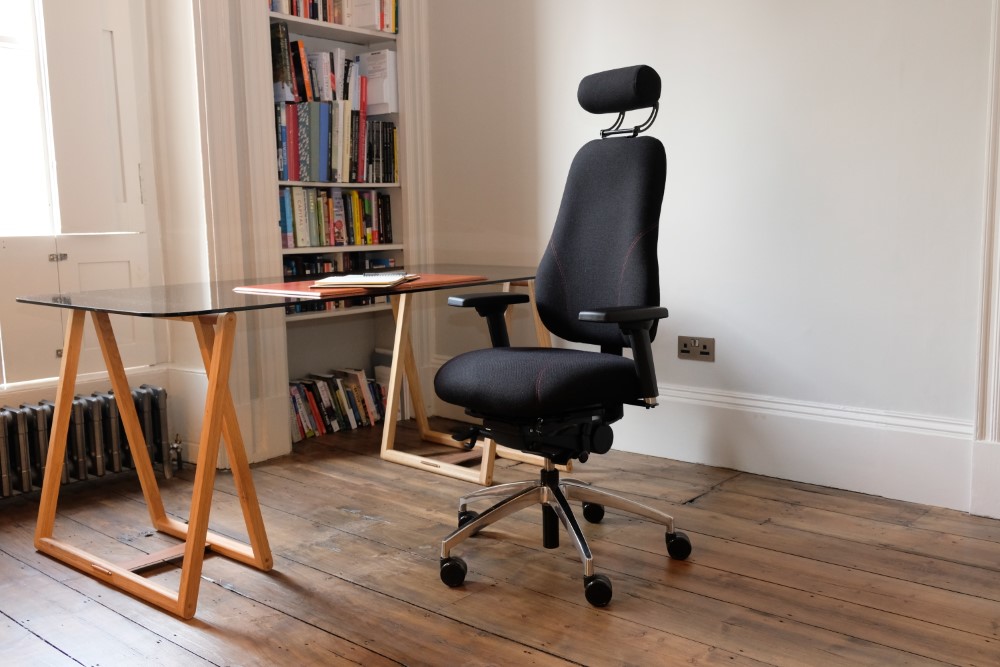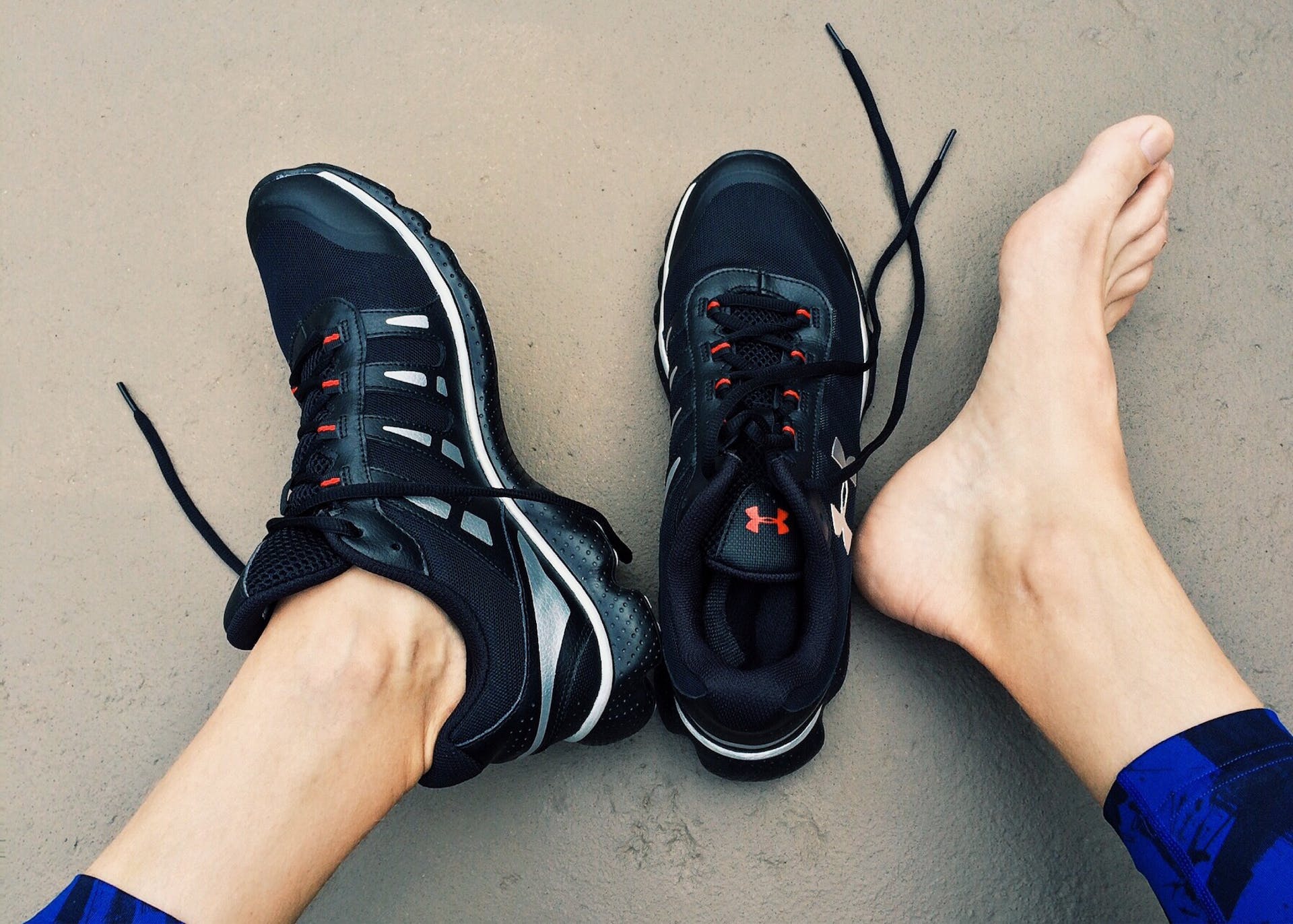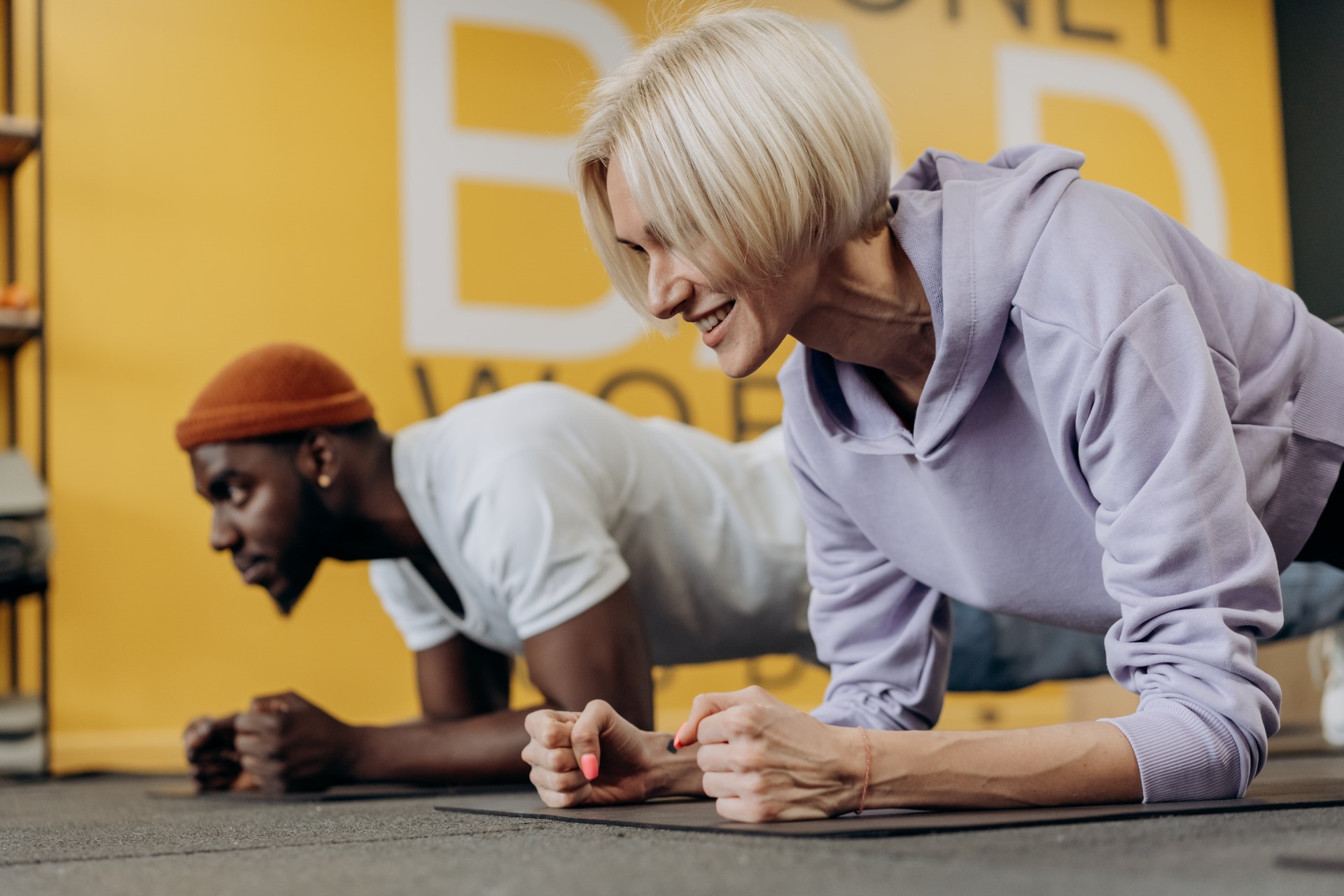If you are planning on enjoying some winter sports this season then check out our top tips to keep you stay safe and happy on the slopes this season.
Before you hit the slopes
- Exercising; squats, sit ups and cycling is are all good for working the right muscles needed for skiing and snowboarding.
- Balance is the single most important factor. A wobble board can be used to improve balance and build up ankle muscles. For a thorough ankle work-out, rocking heel to toe is good for snowboarders and left to right is best for skiers.
- Most skiers or snowboarders find turning one way easier than the other. Poor technique might not be the problem, so talk to a chiropractor for advice on joint restriction.
Out on the slopes
- Warm up first. Start off gently rather than heading first for the black runs and round the day off with a stretch.
- Take plenty of breaks. Overexertion will ruin your holiday. Moderate the length of ski or board time and listen to your body. Pain is a warning sign, don’t ignore it.
- Drink plenty of water and isotonic drinks to avoid dehydration.
- Make sure clothing is warm and adequate for the cold weather and don’t forget hat and gloves.
- No matter how many lessons, skiers or boarders won’t improve without the right boots and this is where most put their first foot wrong. Don’t make this mistake of choosing on comfort alone. Get a moulded footbed from the ski shop first, as this improves fit, comfort and control. Opt for a shop with a wide range of boots so you are spoilt for choice.
- If you are prone to going ‘knock-kneed’ when you ski, look out for lateral alignment. Wedges expertly placed under the binding can make a huge difference.
- Always be careful when carrying skis or boards. Leave them standing upright so you don’t have to bend to pick them up. Carry them over your shoulder, swapping shoulders regularly.
- With an acute injury, use ice rather than heat.
- A great deal of people are injured by slipping on ice at the ski resort, not just on the slopes. Wear shoes with a deep treaded sole and use strap-on studs for ski boots to help keep you upright.
Beware of Day Three! – Despite common assumptions that a ski injury is most likely to occur on the first day. After three days of skiing or snowboarding using unaccustomed muscles, we become confident but are physically tired and our capability isn’t necessarily matched to that confidence.
It still holds true that it is always better to take preventive measures in order to reduce the risks of an injury! Just one joint or muscle out of line can be a disaster when you are travelling at 40 miles per hour! A quick check over by your Chiropractor before you go away can help to ensure you’re in tip top condition to help prevent injury whilst out on the snow! Book an appointment now.










